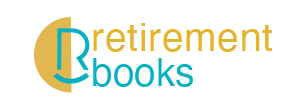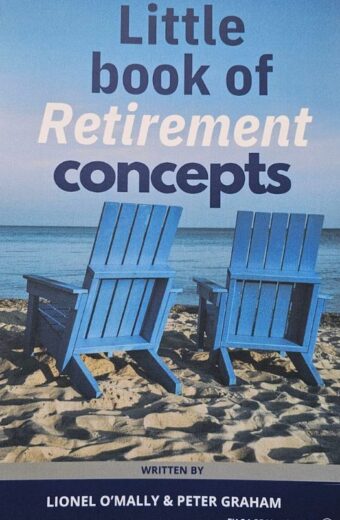Buying a retirement home in Australia can be a complex and confusing business, not only because of the vast range of different accommodation options out there, but also because of the various types of purchase arrangements.
“Purchase arrangements” refer to the way in which a person buys or occupies a retirement home.
Here are the five different ways you can occupy or purchase your residence in a retirement community:
- Freehold – exactly like any standard residential property, where you acquire the freehold title to a property. The only difference is that the property is located in a complex designated as a retirement village or over-55’s accommodation.
- Leasehold – this is where you own the house and lease the block of land the house occupies from the village owner.
- Company Title – under these schemes, a corporation owns the complex and you purchase shares in that company equivalent to the freehold value of the residence you are buying. They are quite rare.
- Rental – rental retirement villages are ideal for those retirees who have a low income or capital base, as they are able to simply rent a retirement village residence without the up-front cost of purchasing a unit. You don’t own the unit however, and the conditions of your occupancy, such as the amount of rent and how long you stay in residence, are determined by the lease you sign with the landlord.
- Deferred Management Fee schemes – otherwise known as a “Loan/Lease” or “Loan/Licence” scheme. This is where you purchase a “right” to reside in a retirement community, usually under a lease or licence to occupy, for roughly the equivalent of the freehold value of the property. You incur a fee for every year that you remain in residence, up to a set number of years, which is paid out to the village operator only when you leave the community and re-sell the unit. If there has been any capital gain on the re-sale of your unit, then this is usually shared with the village owner as well. This is also known as an “Exit Fee”.
Most of the units sold in retirement communities around the country, whether they are owned by not-for-profit or for-profit operators, use the Deferred Management Fee schemes. Because these schemes are quite lucrative for the retirement community owner, you will generally find better facilities and services at these properties when compared with other types of retirement community purchase arrangements.
The Freehold and Leasehold purchase arrangements will generally provide a better financial outcome for you when you leave the community, simply because the fees are not as onerous. However, these retirement communities typically lack facilities such as pools and clubhouses, and there are not as many of them around to choose from.
In retirement communities, it is very much that case that “you get what you pay for” – therefore communities with higher fees are usually better appointed with more facilities than those with lower fees.
I should make the point here that the decision to move into a retirement community is a lifestyle choice, and you cannot realistically expect to make the same kind of money that you would with a normal freehold residential property. Most retirees are no longer at the asset accumulation stage of their lives and are quite prepared to invest a little more into their quality of life.
Lets face it – you’ve earned it. Why not enjoy it?
Richard Andrews is the founder and director of Find My Retirement Home, a company that acts as an independent advisor and buyer’s agent for retirees looking to purchase a retirement home.www.findmyretirementhome.com.au

